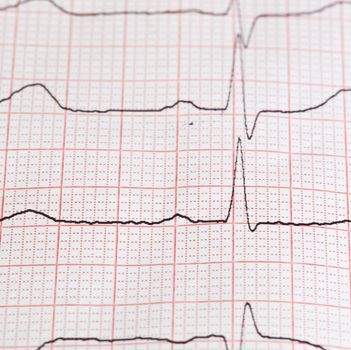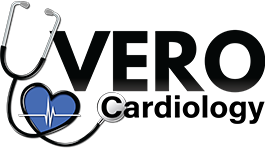Cardioversion
Cardioversion stands as a crucial medical procedure designed to restore a normal heart rhythm in individuals experiencing certain types of irregular heartbeats or arrhythmias. This intervention plays a pivotal role in managing conditions like atrial fibrillation (AFib) or atrial flutter, where the heart's upper chambers (atria) beat irregularly, potentially compromising blood flow and increasing the risk of complications such as stroke.
The primary goal of cardioversion is to reset the heart's electrical activity to its normal rhythm, allowing for more effective pumping and coordination between the atria and the lower chambers (ventricles). Two main approaches to cardioversion exist: electrical cardioversion and pharmacological cardioversion.
Electrical cardioversion involves delivering a controlled electric shock to the heart through pads or paddles placed on the chest. This brief and carefully regulated shock interrupts the abnormal electrical signals causing the irregular rhythm, effectively "resetting" the heart to its normal pattern. This method is particularly effective for acute cases or when immediate restoration of normal rhythm is necessary. On the other hand, cardioversion utilizes medications, often antiarrhythmic drugs, to restore a regular heart rhythm. These medications work by modifying the electrical signals in the heart, helping to stabilize and normalize the heartbeat.

The choice between electrical and pharmacological cardioversion depends on various factors, including the type and duration of the arrhythmia, the patient's overall health, and the underlying cause of the irregular heartbeat. Cardioversion procedures are typically performed in a controlled medical environment, such as a hospital or specialized cardiac care unit, with continuous monitoring of the patient's vital signs. After successful cardioversion, patients are often monitored for a period to ensure the sustained effectiveness of the procedure and to manage any potential side effects or complications.
In conclusion, cardioversion stands as a critical intervention in the management of certain cardiac arrhythmias, providing a pathway to reset the heart's rhythm and promote optimal cardiovascular function. Whether through electrical or pharmacological means, cardioversion plays a significant role in enhancing the quality of life for individuals affected by irregular heart rhythms, contributing to a healthier and more resilient cardiovascular system.




